Elements of morphology: standard terminology for the head and face
- PMID: 19125436
- PMCID: PMC2778021
- DOI: 10.1002/ajmg.a.32612
Elements of morphology: standard terminology for the head and face
Abstract
An international group of clinicians working in the field of dysmorphology has initiated the standardization of terms used to describe human morphology. The goals are to standardize these terms and reach consensus regarding their definitions. In this way, we will increase the utility of descriptions of the human phenotype and facilitate reliable comparisons of findings among patients. Discussions with other workers in dysmorphology and related fields, such as developmental biology and molecular genetics, will become more precise. Here we introduce the anatomy of the craniofacies and define and illustrate the terms that describe the major characteristics of the cranium and face.
Figures
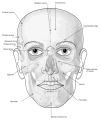

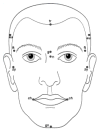
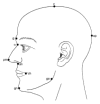


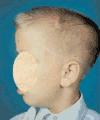
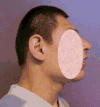




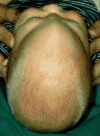
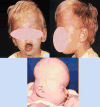



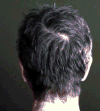
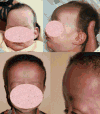

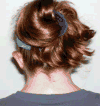

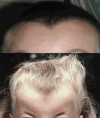
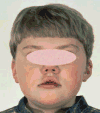




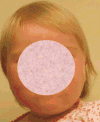
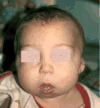


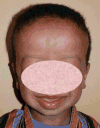







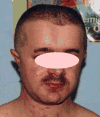
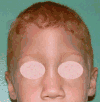







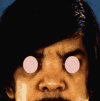
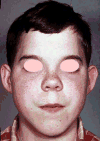
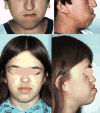


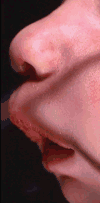





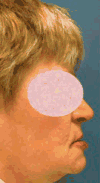






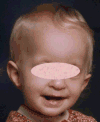


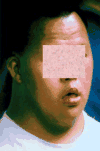
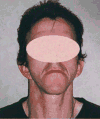

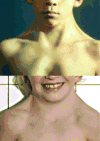

References
-
- Carey JC, Cohen MM, Jr, Curry C, Devriendt K, Holmes L, Verloes A. Elements of morphology: Standard terminology for the lips, mouth, and oral region. Am J Med Genet Part A. 2008;149A:77–92. - PubMed
-
- Farkas LG. Anthropometry of the head and face in medicine. New York: Elsevier; 1981.
-
- Hall JG, Allanson JE, Gripp K, Slavotinek A. Handbook of normal physical measurements. 2. New York: Oxford University Press; 2007.
MeSH terms
Grants and funding
LinkOut - more resources
Full Text Sources
Other Literature Sources
Medical
Molecular Biology Databases

